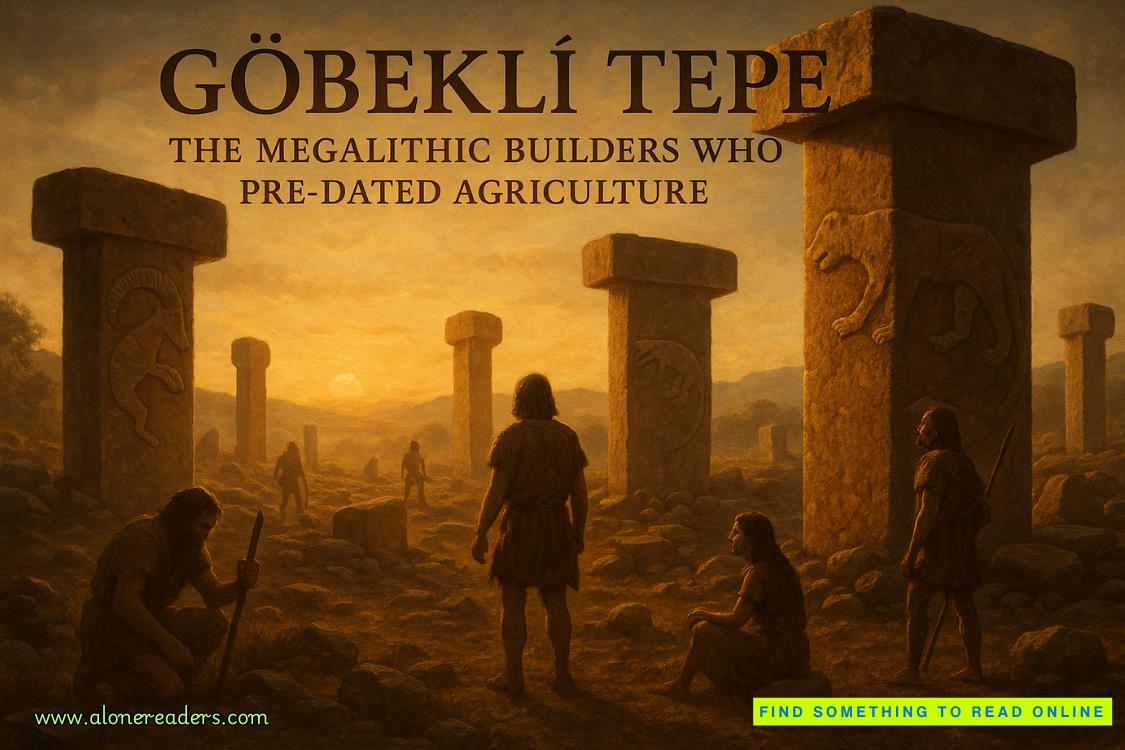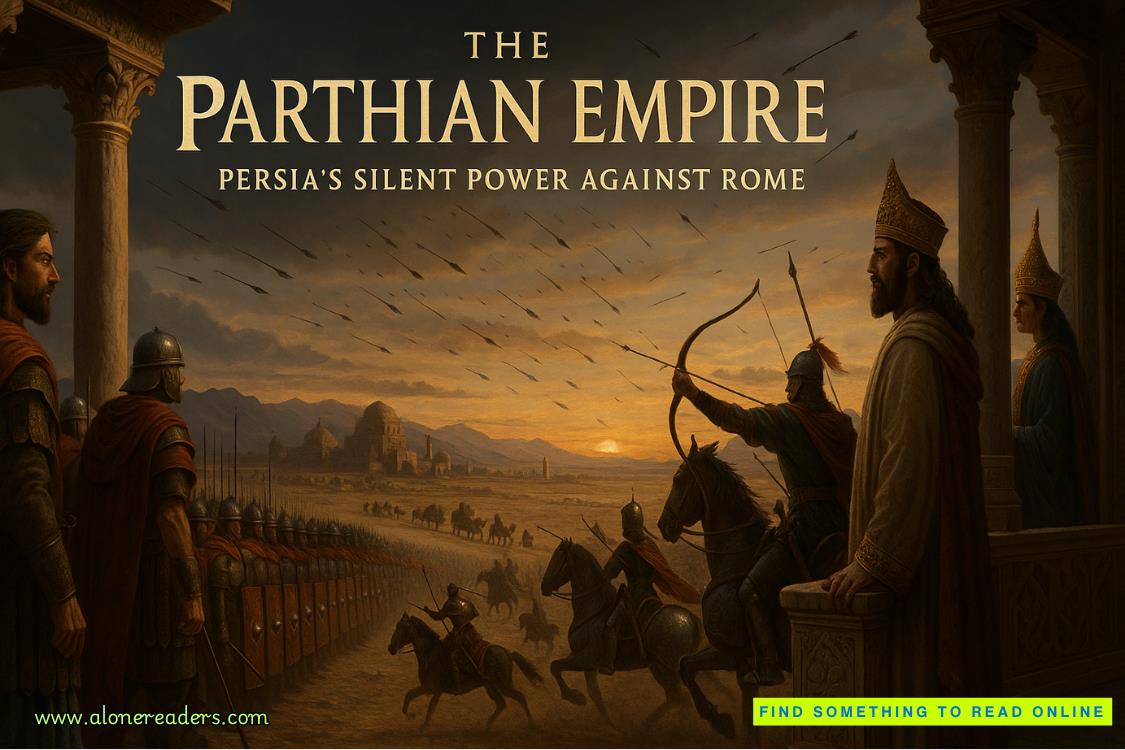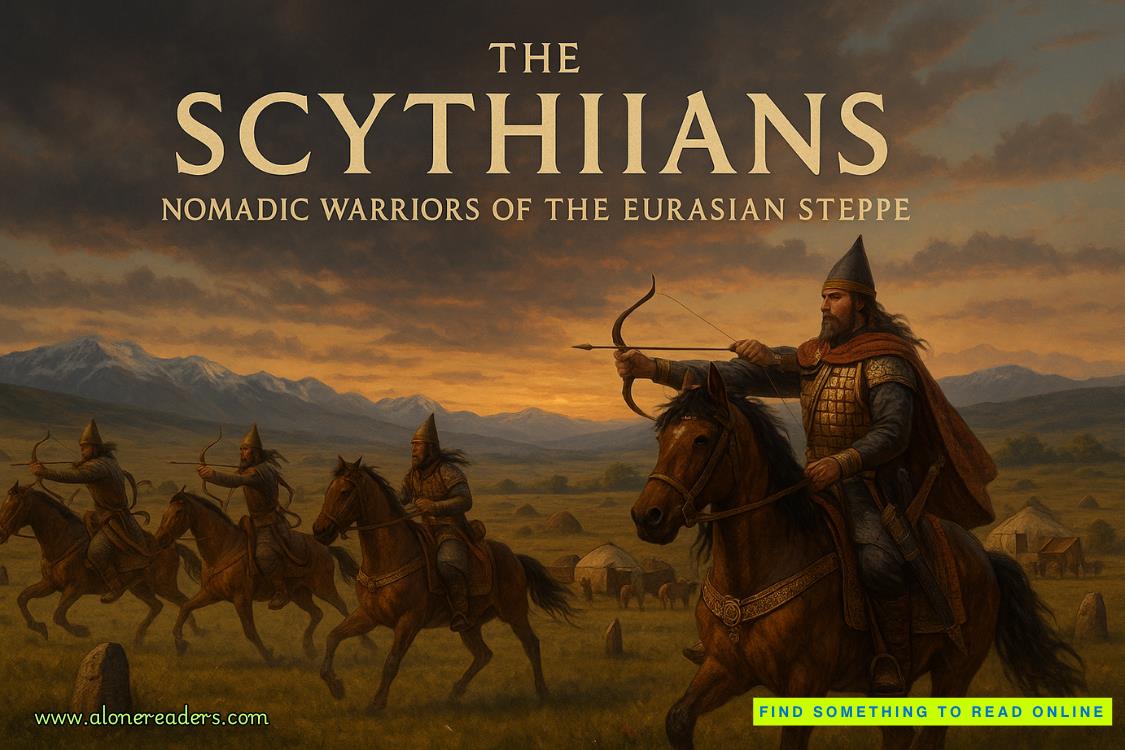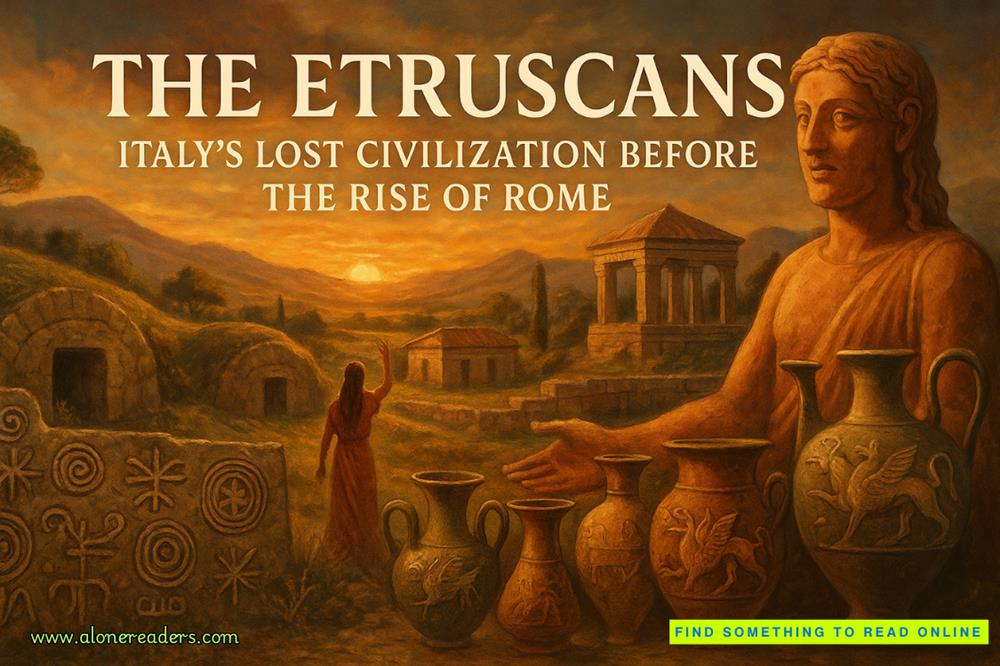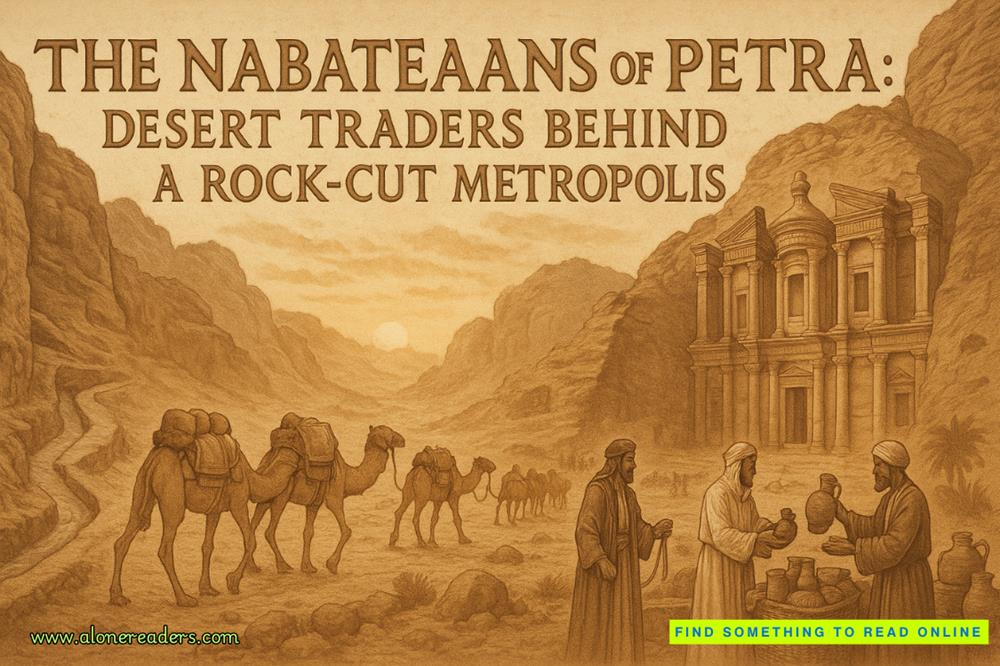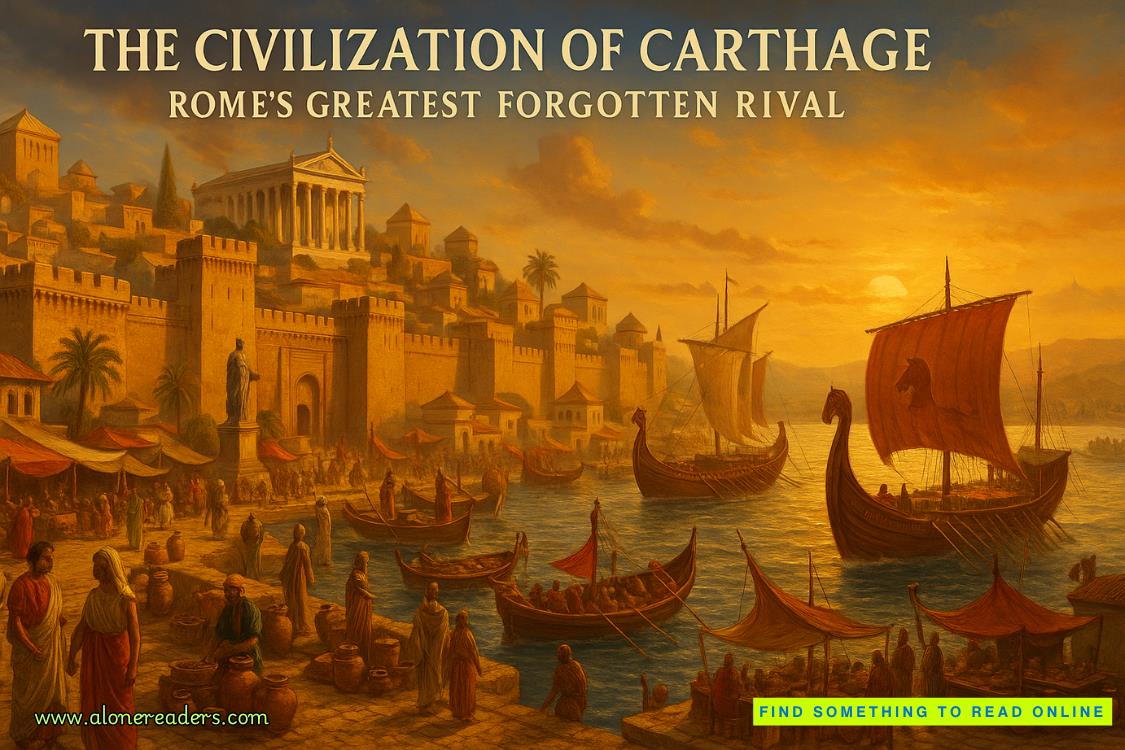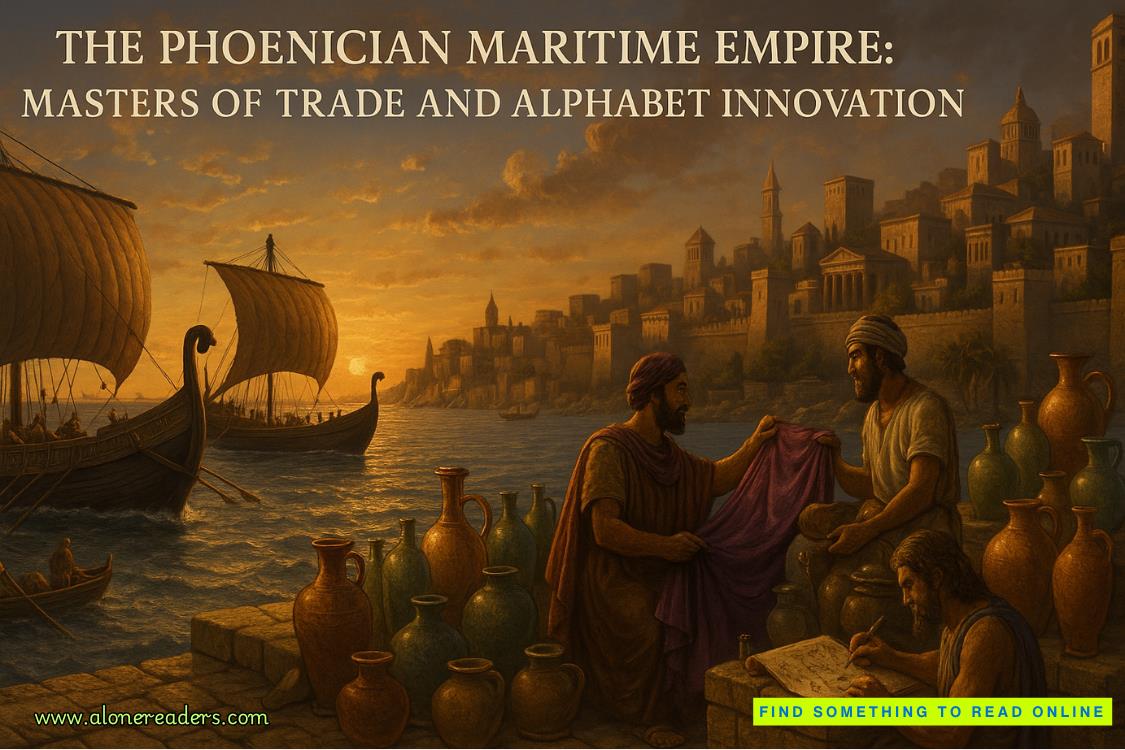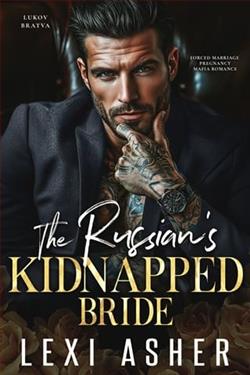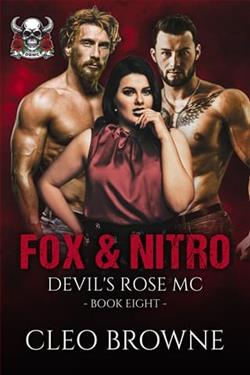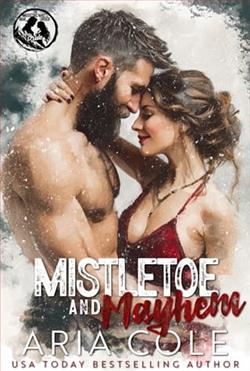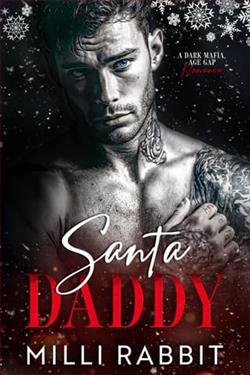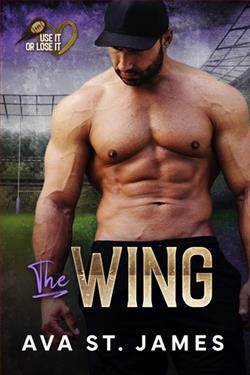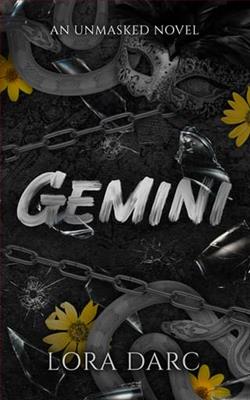Page 73 of Barging In
Clem shook her head as the pressure released from the corset, bringing much relief to her ribs.
“Founded in 1881 in London, it campaigned for practical, comfortable, and healthy clothing for women. They opposed the restrictive, impractical, and sometimes dangerous fashions of the Victorian era, especially tight-laced corsets, heavy skirts, and high heels. This woman here,” Jasper said, nodding at a blown-up sketch of a lady in what looked like a large, puffy skirt with a centre parting, “Lady Florence Harberton, was a vocal advocate for cycling clothing, championing divided skirts and bloomers. It was a sort of ‘first wave’ of feminism. They even had a manifesto.”
Clem smiled, warmed by the stories of women who had pushed back through history. Part of her wished she’d lived then, just to kick up some proper stink.
Jasper pointed to some newspaper clippings displayed in a cabinet. “They were widely mocked in the press. Most people saw them as radicals and eccentrics, but their efforts helped pave the way for the abandonment of corsets after World War I.”
“Much to every woman’s relief.”
Jasper chuckled again. “Don’t forget a lot of women went along with them, especially in high society. Some found them supportive, particularly if they were standing for long periods. Others took pride in tight-lacingchallenges, seeing a tiny waist as a personal achievement.”
Clem’s lip curled. “Seriously?”
“One could argue that corsets were empowering. They’re no different from heels today. Many women still balance discomfort and damage against fashion and confidence. Remember, fashion opened doors for women back then, so not taking part could marginalise a woman socially.”
She hadn’t thought of that. There was a lot she hadn’t considered about corsets and how deeply they’d woven themselves into society. As they moved on, dummies modelled modern-looking corsets that Clem recognised, though they were more like what you’d find in a lingerie drawer.
“Once a purely functional garment, the corset has become a symbol of eroticism, sexual empowerment, and even an art object, appealing to a wide spectrum of people regardless of age, gender, race, or class. Many modern wearers embrace corsets to reclaim femininity or express autonomy. For some, it’s about power; for others, play.”
Clem nodded. “I suppose, like anything, it’s the reason behind it that matters. If you're doing it for your own enjoyment, by your own choice.”
“Precisely.”
Having gone full circle around the museum, they arrived back in the entrance, where Clem eyed an old table to one side with small bits of machinery beside an old sewing machine. She hadn’t noticed them when she’d entered. A sign above identified them as a hole-punching machine and a bone-cutting machine, then invited visitors to try them out. Beside the machines, small containers held metal eyelets whilst scissors and pieces of fabric lay next to a sewing machine.
“Thank you for a very informative tour,” Clem said, turning to Jasper. “It’s certainly given me a lot to think about. The corset is no longer a humble item of women’s attire to me.”
“That’s the general idea,” he beamed, his body straightening. “I’ll leave you two to it — I have another tour starting shortly.”
As Victoria led the way back out to the wharf’s reception area, Clem wondered if Jasper ever tired of repeating the same information. What she knew of him so far suggested he didn’t. He had spoken with passion on their tour, as if it were his first time telling the story.
She and Victoria made their way through a crowd lingering in the reception area and gift shop — no doubt Jasper’s waiting tour group — and headed outside. Victoria glanced at her, probably trying to gauge her reaction, whilst Clem’s mind buzzed, absorbing everything she’d seen and heard and struggling to process it all.
The museum was a marvel. It wasn’t simply about corsets but a broader exploration of women’s history and fashion. It was interactive, not too info-heavy, and, above all, fascinating. Clem had assumed it would only captivate those already interested in the subject, but it resonated deeply with her as a woman.
There were, however, a few problems.
“Well?” Victoria asked, clearly impatient to hear Clem’s thoughts.
“I loved it, but there’s a fundamental lack of information about the female experience within the factory environment. People connect best to human stories; they want to relate to people in the past, to feel what they went through. To try to understand it through someone else’s eyes. That’s what creates connection.” Clem paused,choosing her words carefully. “Jasper focuses a lot on the history, which is great, but this is a corset factory. I’d like to see more about the lives of the women who worked here. How did they feel about their role in that wider, problematic picture of corsets? What were the working conditions like?”
“Why didn’t we see that?” Victoria said, shaking her head.
“Sometimes you have to be on the outside looking in to notice these things.” Clem tilted her head slightly, hoping Victoria would catch the deeper meaning and apply it closer to home.
Victoria pursed her lips but remained silent.
“It could be as simple as adding some audio clips of factory noises when you enter,” Clem suggested. “They would complement the video. I’m guessing it’s from the 1920s, so that’s why there’s no sound.”
Victoria nodded, her eyes lighting up. “Yes, and it’s actual footage from this factory. I found it in an archive. The tall chap standing with his arms crossed, watching everyone, matches a photograph I have of my three-times-great-grandfather. His brother was an early filmmaker and made a lot of silent films like this.”
“Wow,” Clem couldn’t help enthusing. “What an incredible resource to have! Adding factory sounds would give people a sensory experience, making them feel like they’re inside the building in the past. You could even have a woman’s voice reading accounts of what it was like working here, even if you need to fictionalise some parts.”
Victoria nodded in thought. “When I was doing my initial research, I came across some newspaper articles documenting accidents and events. I’m sure I could come up with something.”
“See what Jasper thinks. He’s done a great job with it,but it needs a few tweaks to tie it more closely to the building itself. Where are you in that museum, for example?”
Victoria’s eyebrows knitted together. “Me?”
